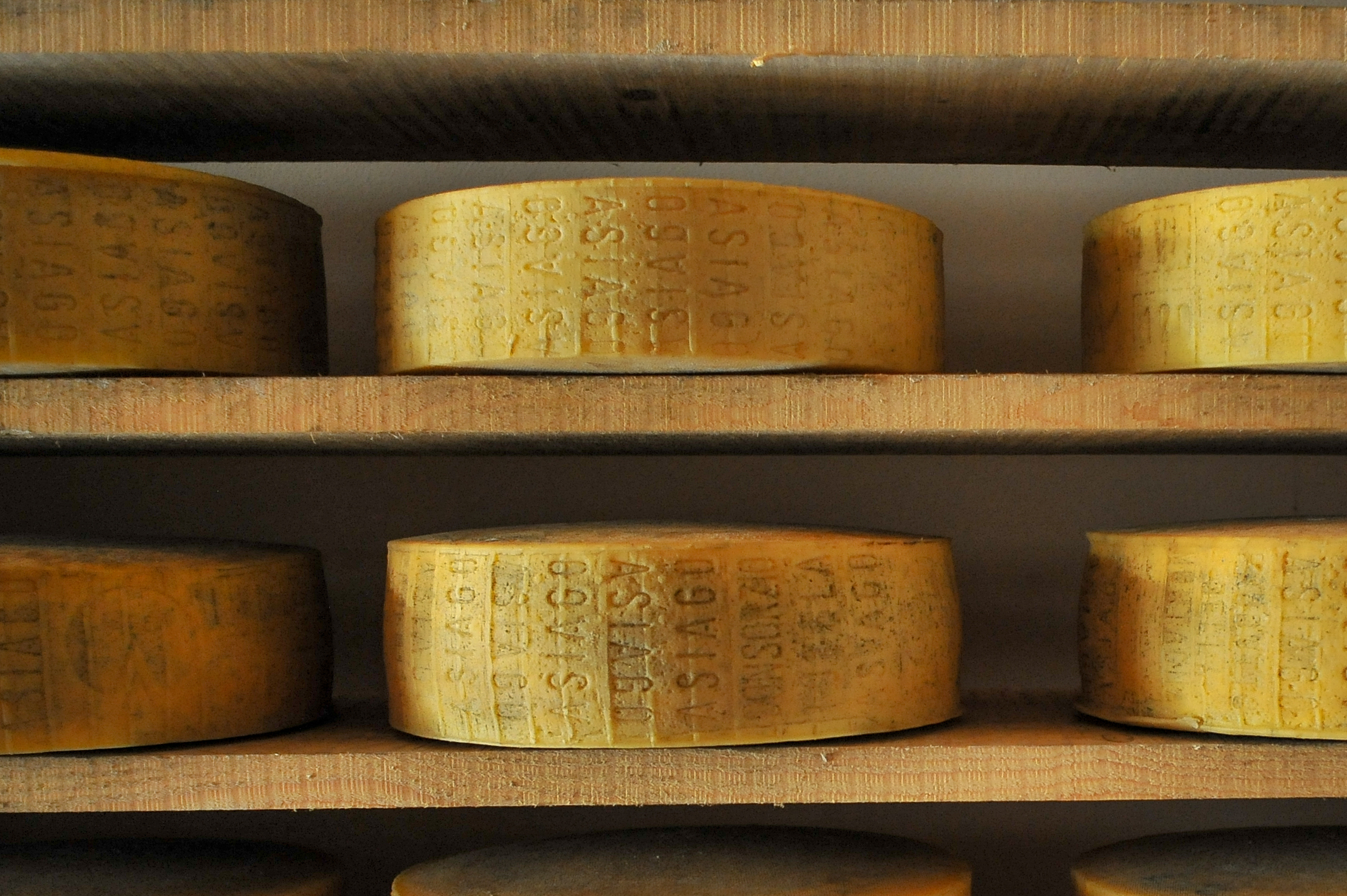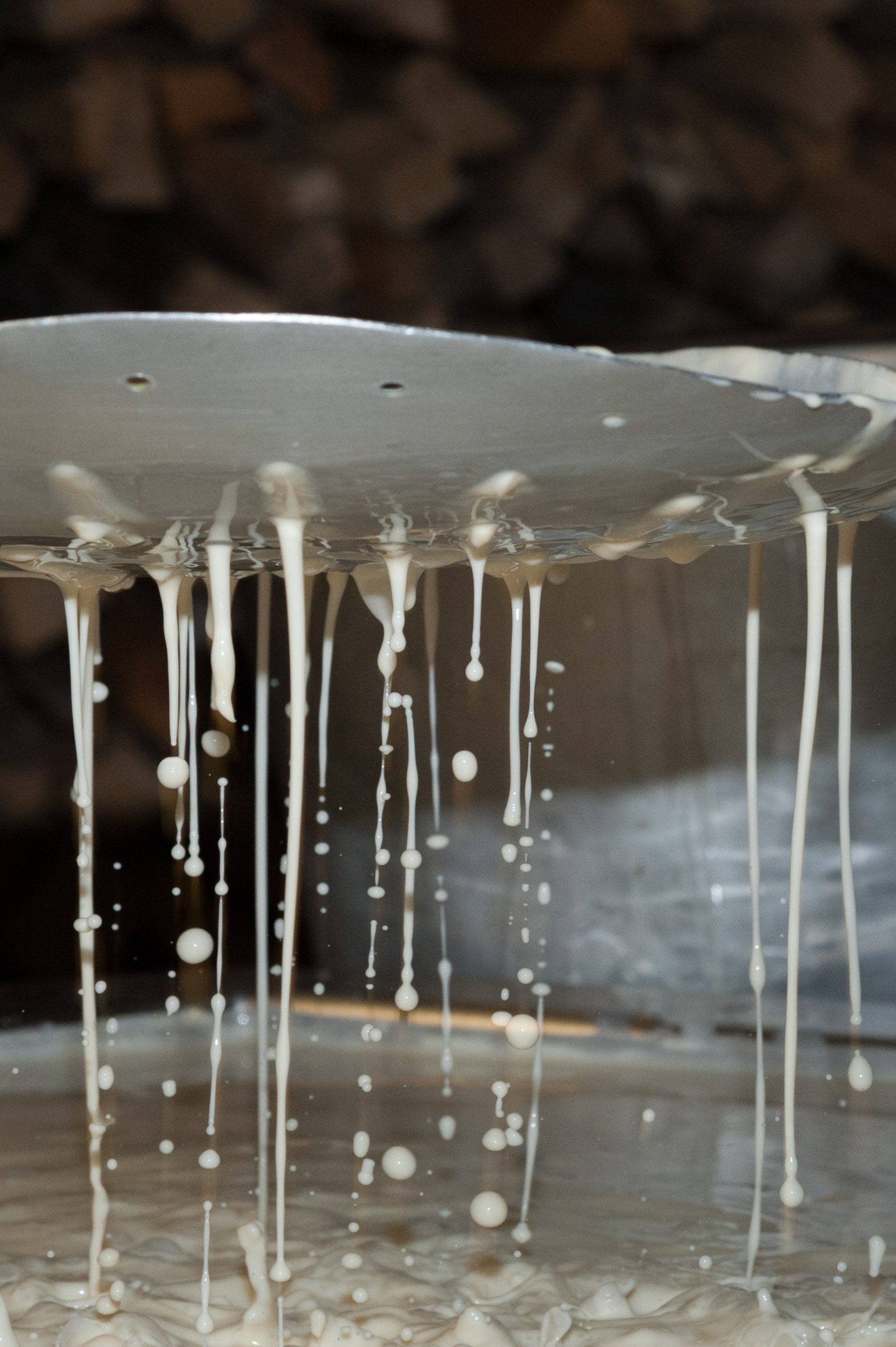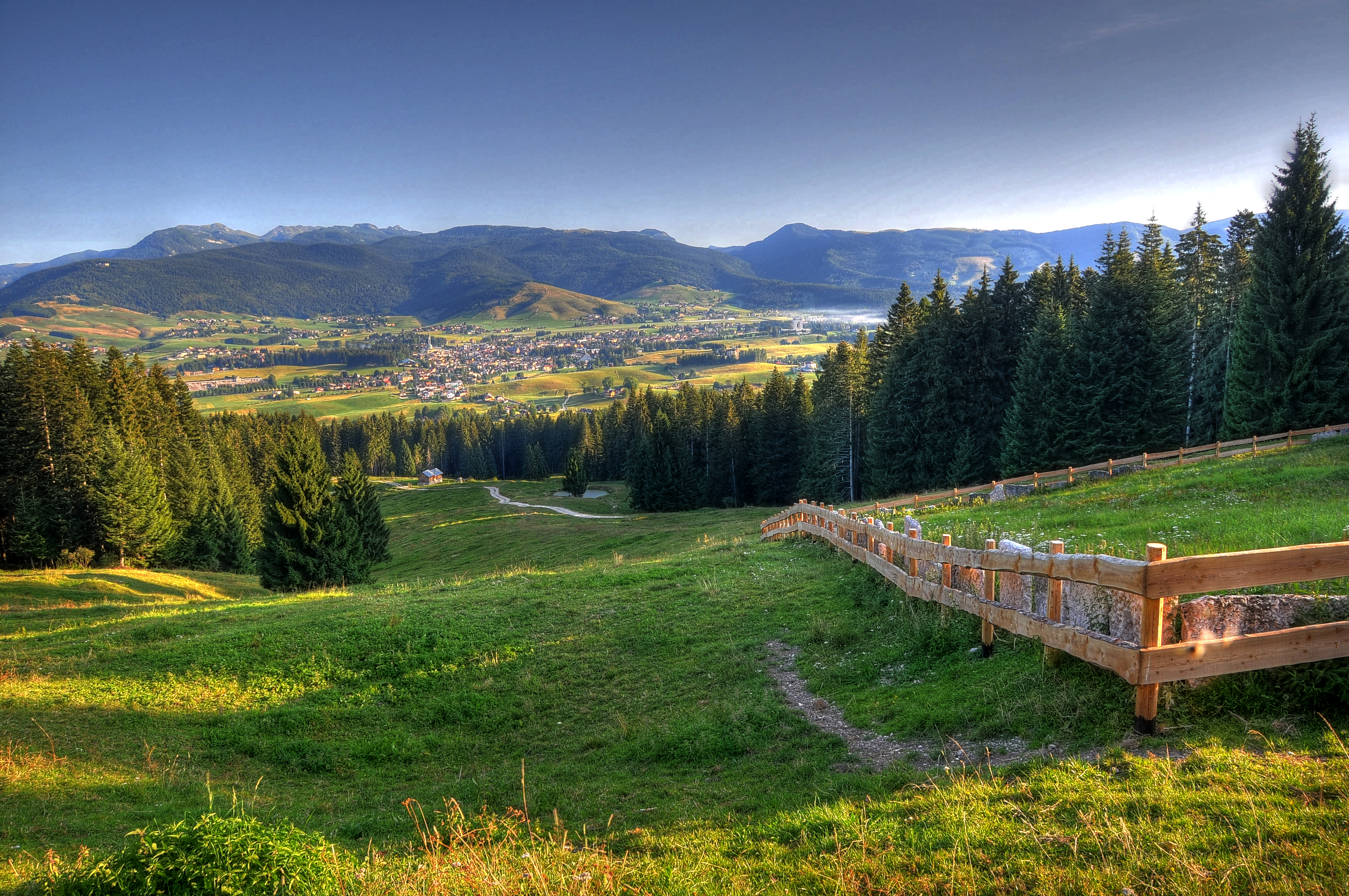The production of cheese on the Asiago Plateau boasts a fascinating history that dates back to ancient times. The first written records date back to 983 AD, mentioning the presence of mountain huts in the area.
However, recent archaeological excavations conducted by the University of Padua have revealed that dairy activity existed on the Plateau as early as 1200 BC. These studies have uncovered utensils such as perforated strainers used to separate whey from cheese, indicating an ancient tradition.
A surprising hypothesis
Archaeologist Armando De Guio from the University of Padua has recently proposed a fascinating hypothesis: “We believe that cheese production in the current Asiago Plateau and the Seven Communities area could date back to around 5000 BC.” This discovery highlights the millennia-old importance of these lands for the art of cheese-making, making Asiago one of the earliest cheese productions in history.
The spread of cheese-making tradition
Over the centuries, the production of both sheep and cow cheese has been passed down through generations. The end of the Venetian Republic in 1797 marked the conclusion of privileges and agreements that allowed the inhabitants of the Plateau to winter their flocks in the Veneto-Friuli plains. In the 19th century, many families moved permanently to the valleys, bringing their cheese-making traditions with them. The First World War brought further changes, forcing many residents to relocate and contributing to the spread of Asiago production in other provinces such as Vicenza, Trento, Padua, and Treviso.

Varieties of Asiago PDO Cheese
Today, Asiago PDO Cheese is available in two main types: Asiago PDO Fresh and Asiago Stagionato. Asiago PDO Fresh, made with whole milk, is known for its sweet and delicate flavor and is aged for a period ranging from 20 to 40 days. The Fresco Riserva variety, introduced in 2020, is aged for more than 40 days. Asiago PDO Aged, made with partially skimmed milk, has a stronger flavor and comes in three different aging stages: Asiago PDO Medium Seasoned (4-10 months), Asiago PDO Mature (10-15 months), and Asiago PDO Extra Mature (over 15 months).
Asiago PDO Fresh is perfect as an ingredient in many traditional and innovative dishes thanks to its creaminess. It is ideal for enhancing soups, salads, and can be enjoyed on its own. Asiago Aged, on the other hand, is perfect when paired with polenta, salads, cooked vegetables, bresaola, and even with honey and jams.
Storage, nutritional characteristics and pairings
Asiago PDO Fresh should be consumed within 10 days of purchase and stored in the refrigerator at 8-9°C. Asiago PDO Aged, can be stored either in the refrigerator or in a suitable environment at 10-15°C and consumed within a month of purchase. Asiago PDO Aged is particularly suitable for lactose-intolerant individuals, as its lactose content is virtually null due to the aging process.

Asiago PDO Fresh pairs perfectly with light white wines, soft rosés, and dry sparkling wines. Among beers, light ales are ideal to enhance its flavor. Asiago PDO Aged, on the other hand, pairs well with full-bodied red wines such as aged Merlot and Amarone, as well as with spirits and chocolate in longer aging stages.
The Asiago Plateau: a treasure of history, nature, and culture
The Asiago Plateau, also known as the Plateau of the Seven Communities (dei 7 Comuni, in italian), is a charming corner of Italy rich in history, natural beauty, and cultural heritage. Located in the heart of the Vicentine Alps in Veneto, this plateau spans over 500 square kilometers, offering a varied landscape that ranges from gentle grassy slopes to lush forests and alpine pastures.

The origins of the Asiago Plateau date back to ancient times. Human presence in this area is documented from the Bronze Age, as evidenced by archaeological finds. During the Middle Ages, the plateau was inhabited by the Cimbri, a Germanic people who left an indelible mark on the local culture and traditions. Their dialect, Cimbrian, is still spoken by a small community today.
The heart of the Great War
The Asiago Plateau was also the scene of significant historical events, particularly during World War I. Some of the fiercest battles of the conflict took place here, leaving deep scars on the landscape and collective memory. The numerous forts and trenches, now museums and historical sites, bear witness to the drama and sacrifice of those days.
A natural paradise for food and sports
In addition to its rich history, the Asiago Plateau is renowned for its extraordinary natural beauty. The vast expanses of meadows and forests provide an ideal habitat for a rich variety of flora and fauna. In spring and summer, the meadows are filled with wildflowers, creating a breathtaking spectacle of colors. In winter, the plateau transforms into a sought-after destination for winter sports enthusiasts, with cross-country and downhill ski slopes attracting visitors from all over.

The Asiago Plateau offers numerous opportunities for tourism and relaxation. Its picturesque towns, such as Asiago, Gallio, and Roana, welcome visitors with their typical hospitality. Hotels, farmhouses, and bed & breakfasts provide accommodations for every need, while local restaurants delight palates with traditional dishes and typical products.
For outdoor enthusiasts, the Asiago Plateau is a true open-air gym. In addition to winter skiing, one can enjoy hiking, mountain biking, horseback riding, and golf. Panoramic trails, which traverse enchanting landscapes, are perfect for those who love walking immersed in nature.
Alessandro Creta
Foto di Roberto Costa

